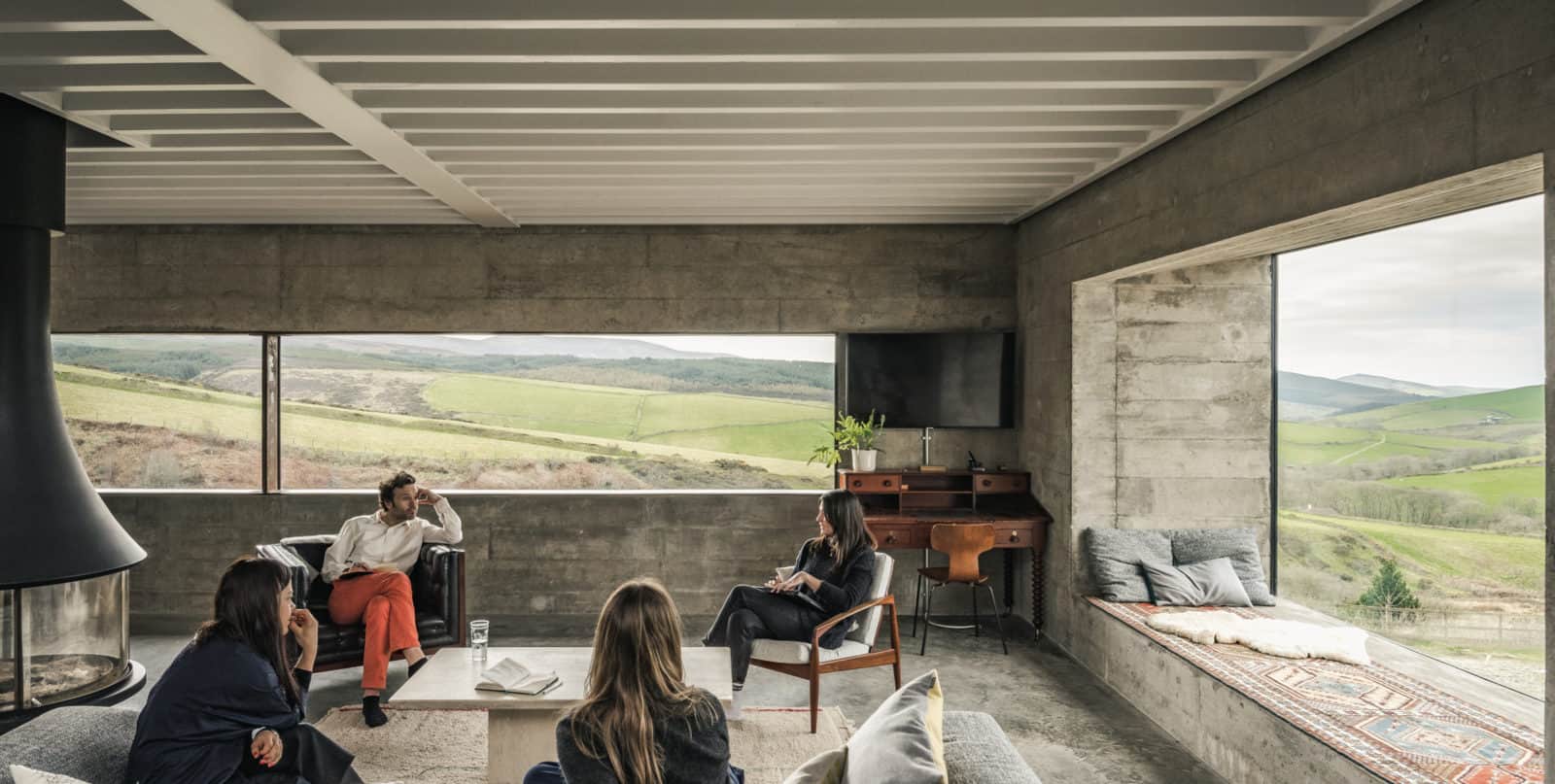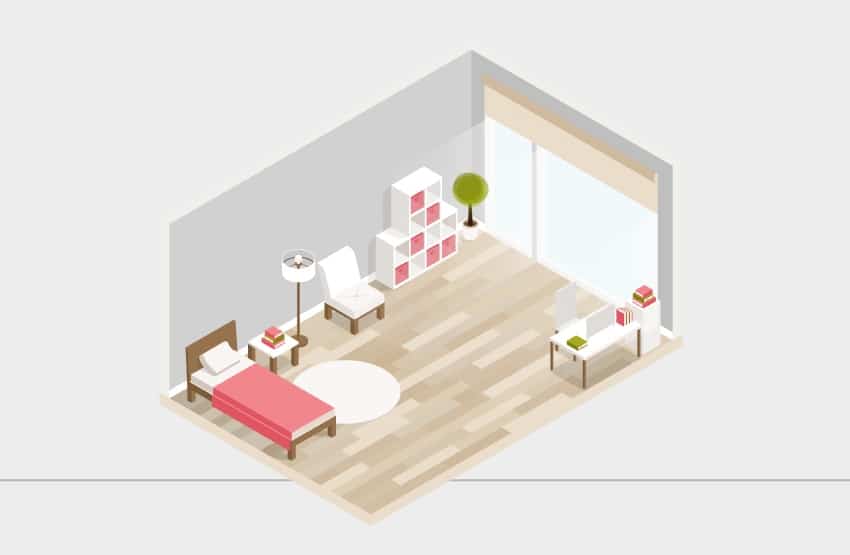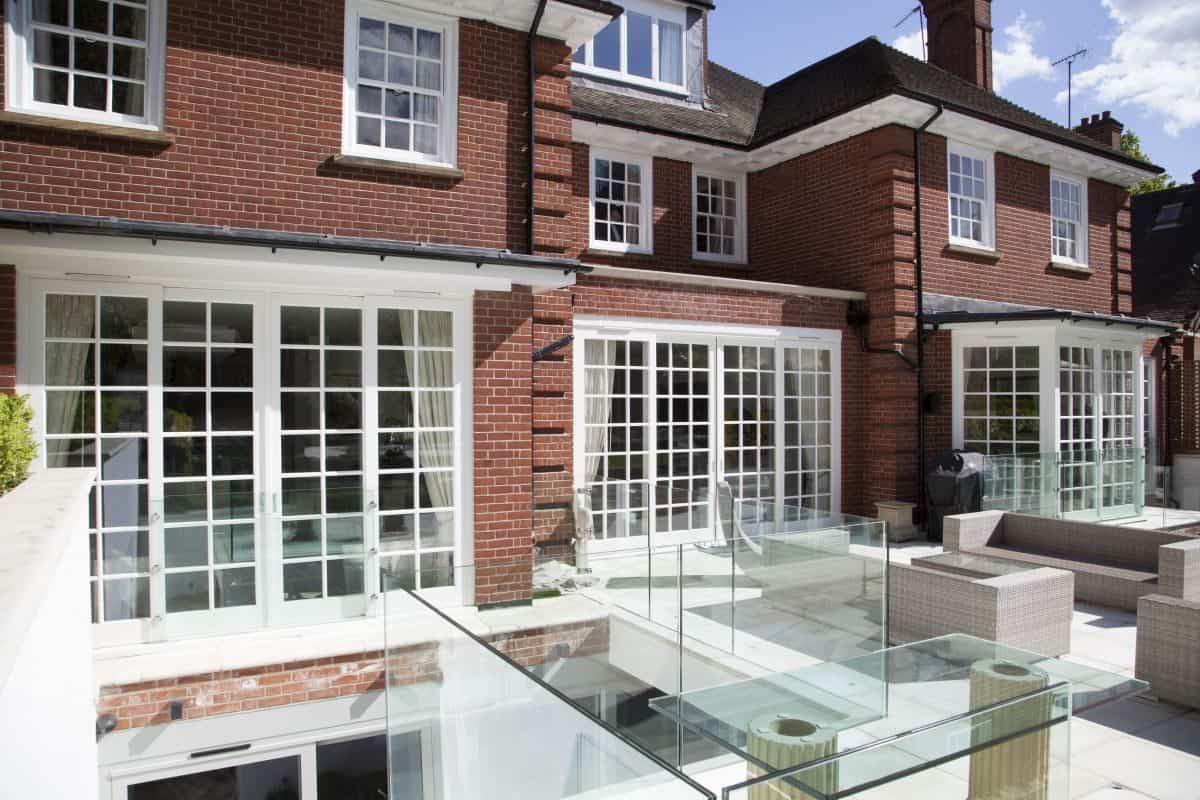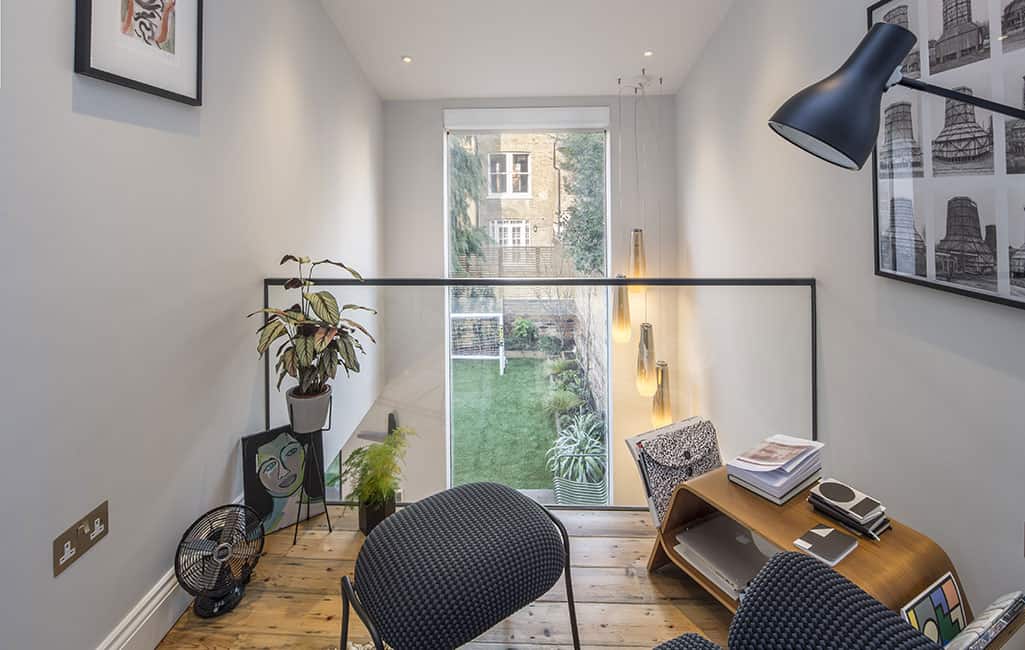A definitive guide to skylights
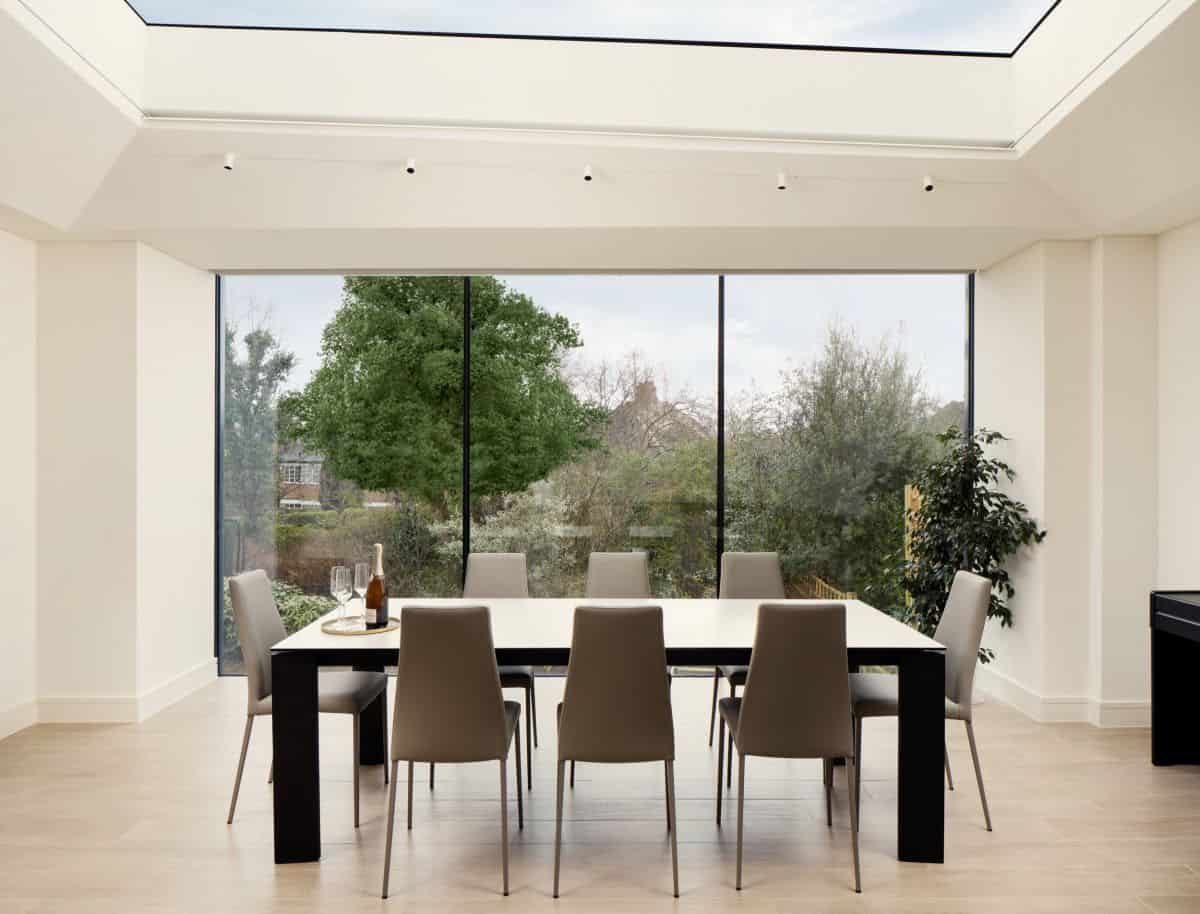
Installing a skylight roof is a great way to inject natural light and infuse a home with brightness. As it can be a relatively costly affair, you want to make the right choices for your space. A skylight roof not only brings in more light and illuminates darker spaces, but it also adds value and character to your house’s aesthetic.
You can install a skylight roof almost anywhere in your home, from bathrooms and kitchens, to hallways and above staircases. When considering a skylight roof, you can choose fixed skylights, openable skylights, and frameless designs – the options are endless.
To get the most out of your skylight roof, you want to make sure to do the following before installing them:
- Plan well so you choose a design that meets your requirements.
- Choose a suitable size for your house that fits its proportions
- Follow the sun’s direction to maximise light
- Consider your roof’s access for a skylight roof.
Here we’ve created our definitive guide to skylight roofs to help give you all the information you need to make an informed choice:
Benefits of Skylight Roofs
Natural lighting
Skylight roofs have the ability to effortlessly reflect sunlight into your house. From improving your sleep to boosting your vitamin D levels, natural light exposes us to countless health benefits. Skylight roofs are also an economical investment, as they enable you to cut down on power costs by switching off lights during the daytime.
Ventilation
Choosing the most suitable skylight roof for your needs will help you gain better ventilation and cleaner air circulation. Some skylight roofs can be manually opened, while others are operated by a remote control or switch.
Economics
Skylight roofs with solar-heating capabilities warm up your house for free during cold days.
Space
Skylight roofs are a great way to make your home appear more spacious than it actually is.
Increase home value
Don’t be surprised if your house goes up in value after you install skylight roof. They’re a sure way to enhance your space and ‘wow’ potential buyers.
Skylights can also elevate comfort and bring a greater sense of wellbeing to your home. The natural light, coupled with the amount of space it offers, can make your house feel like a more inspiring and uplifting space to live in than before.
Types of skylights
Material Glass
Glass skylights tend to be more durable and energy-efficient than plastic versions. They also reflect the sun’s heat away, keeping your house cool in the summer.
Plastic
Plastic skylights are often less hard wearing. You may find you incur additional costs in applying UV-resistant film to the plastic skylights to prevent the infiltration of UV rays. If you have a low-pitched or flat roof, plastic skylights are a great option since water will not damage the material.
4 main types of skylights
Ventilating skylights
Also known as roof windows, these can be opened for better air circulation and additional lighting. You want to use this kind of skylight in areas that need fresh air daily, such as in the kitchen or bathroom. You can have the option to either open them manually or electronically.
Fixed skylights
These are popular in spaces where you want to increase the amount of natural light. They are usually simple in form and cannot be opened. They’re best installed in tall, out-of-reach areas such as stairwells and hallways.
Tubular skylights
These are the smallest type of skylights and are preferable for small and enclosed areas, like pantries or walk-in wardrobes. As the most modern and newest type, you can use a switch to dim the amount of light coming in.
Curb-mounted and deck-mounted skylights
The main difference between the two is that curb-mounted skylights sit on top of a framed opening in the roof, while deck-mounted skylights are installed directly onto the roof’s sheathing, removing the need for a framed curb.
We hope our guide to skylight roofs has provided you with the information you need to make an informed decision for your space. Whatever shape or style of skylight roof you decide to go for, there’s always a benefit to adding more light into your home.



